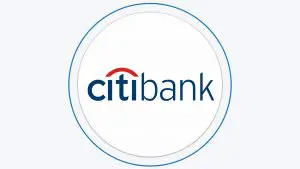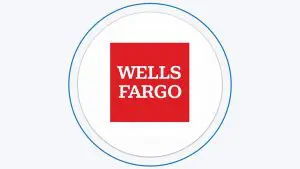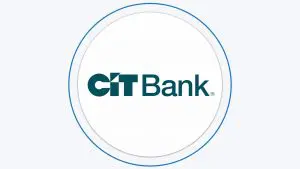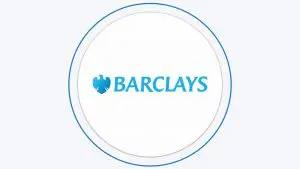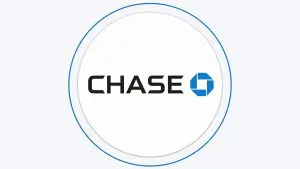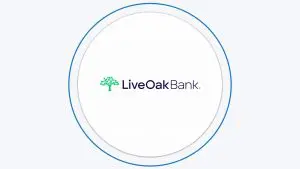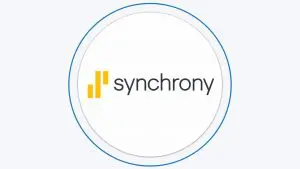Table of Content
I Don't Need Background, Take Me to the Calculator!
In this chart using FED Survey of Consumer Finances data, we can see that many people only start serious retirement planning after the age of 35. While under 35s have an average of $30,000 in retirement accounts, this increases significantly in the 35 to 44 age bracket. However, the increase is even more significant between the 45 to 54 age group and the 55 to 64 age group.
Boost Your Savings – How Can You Do It?
There are many reasons why it’s important for people to boost their retirement savings.
The truth is, people are going to live a lot longer. Moreover, the current stock market is going to continue to have up-down swings; people will lose their jobs as well.
Even though it’s a challenge, taking these tips into consideration positions you to see growth in your bottom-line retirement.
Start a Side Business
The best way to continue to earn money after retirement is to have a side business in order to generate revenue after retirement.
Also, keep in mind that everyone’s situation is not the same so don’t put your full-time job at risk. A great way to start is to start a business in your 60’s that correlates with what you’re passionate about.
If you didn’t know, it’s a lot easier to start a business in your 40’s and 50’s than after you retire. Whether you realize it or not, you might already have a strong network in place that will solidify your income after retirement.
On the other hand, people may not take you as seriously after you retire. That’s just how it is at times.
Another thing to note is that you have the opportunity to use the money you save as additional capital for your business. Furthermore, there are people out there that think that they easily get a return on the business they sink in.
Launch an IRA
Everyone should consider opening an IRA (Individual Retirement Account) to begin building their retirement fund. Here are your two options: a Traditional IRA or a Roth IRA
Aim to get a Traditional IRA if your income allows it and if you and your spouse have a retirement plan with your jobs.
Moreover, what you contribute to a Traditional IRA has the potential to be tax-deductible. On top of that, the earnings you invest have the potential to grow tax-deferred until you begin withdrawing during your retirement.
If you meet the income requirements, having a Roth IRA can beneficial to you. You fund your IRA by after-tax contributions.
If the conditions are met, there are benefits available. As you nurture your IRA for at least five years at the age of 59 ½, your qualified withdrawals and what you earn are free from federal taxes. There are instances where they are also free from state taxes.
Set up a Saving Plan
It may be easy for you to save and invest towards your IRA but you might not like the idea of having to pay a large lump sum at the end of the tax year.
Moreover, a better way to invest in your IRA is by implementing a monthly or quarterly contribution that’s taken out of your checking/savings account automatically.
Establishing an automatic payment plan takes stress off of having to pay for your retirement manually. It’s always important to pay yourself first and foremost.
All you have to do is set up your IRA to withdraw from your checking and/or savings account or money market account from the bank you have a relationship with. In addition, you also can do this with your savings and loan, credit or brokerage account.
Whatever amount you decide to invest in your IRA is good; the more you invest, the faster you will meet your retirement goals.
If you know without a doubt you can’t afford to put the maximum contribution into your IRA, start off with a smaller amount. As you continue to contribute to your IRA, the amount you invest can increase until you reach the maximum amount you can put towards it.
Contribute to Your 401(k)
If the company you work for offers 401k packages you are ahead of the game. As a result, you have the opportunity to contribute pre-tax money.
For instance:
Let’s say that you are in the 15% tax bracket and you’re planning to contribute $100 every time you get your paycheck.
Since what you contribute is taken out before they assess the tax, what you receive as take-home pay only decreases by $85. The less that’s deducted, the more money you have to invest with without putting stress on your family budget.
If you didn’t know already, you have the opportunity to pay large amounts of expenses altogether or over a set period of months. A lot of companies will offer you a discount if you decide to pay your expenses all at once.
The idea behind this is to break down the amount they require into smaller portions so you can save money per month. In addition, putting them into a special account is quite beneficial. When you have to begin paying your expenses, you are already a step ahead.
Cut Costs
“It’s not how much you make, it’s how much you keep that matters.”
When you think about, that’s common-sense. For instance, if you only have $2 million in the bank and you spend a dollar more, you have a negative balance.
Moreover, it would be wise for you to monitor your expenses. Even though this may seem simple, it would shock you to know that most people spend more money than what they make. This leads to a person falling into tons of debt.
Remember to always read the fine print so that you have clarity on the fees you’ll have to pay. Doing so can potentially save you money.
For instance, if your mutual fund amounts to $10,000 that charge you 3% in fees, that’s $300 per year.
If your mutual fund gives you a 7% return every year, you’d have paid $4,435 in base fees after 10 whole years. That amount doesn’t include the returns you lost on that money.
Downsizing Lifestyle
If the area in which you live is expensive, you can always relocate to a less expensive area. Moreover, you can add the additional cash you got from relocating to your retirement account. As a result, you’d have more money invested than what you would have had prior.
If you are the only one living in a house that’s a size for a large family and that your property has appreciated in value, it’d be wise to sell the property.
I’d be better for you to live in a smaller house anyway. On top of that, you’ll save money on the mortgage you have to pay per month.
You’d also save a lot of money in regards to maintenance such as heating, cooling, insurance, home maintenance, and property taxes. Moreover, you can put some of the money you made on the sale into your retirement account and enjoy the rest.
Calculator Definitions
Savings, Taxes and Inflation Calculator – Definitions
Years
The number of years you have to save.
Monthly contributions
The amount you will contribute each month to your savings. This calculator assumes that you make your contribution at the beginning of each month.
Amount currently invested
Total you have saved to date to be included in this analysis.
Expected rate of return
This is the annually compounded rate of return you expect from your investments before taxes. The actual rate of return is largely dependent on the types of investments you select. The Standard & Poor's 500® (S&P 500®) for the 10 years ending December 31st 2021, had an annual compounded rate of return of 13.6%, including reinvestment of dividends. From January 1, 1970 to December 31st 2021, the average annual compounded rate of return for the S&P 500®, including reinvestment of dividends, was approximately 11.3% (source: www.spglobal.com). Since 1970, the highest 12-month return was 61% (June 1982 through June 1983). The lowest 12-month return was -43% (March 2008 to March 2009). Savings accounts at a financial institution may pay as little as 0.25% or less but carry significantly lower risk of loss of principal balances.
It is important to remember that these scenarios are hypothetical and that future rates of return can't be predicted with certainty and that investments that pay higher rates of return are generally subject to higher risk and volatility. The actual rate of return on investments can vary widely over time, especially for long-term investments. This includes the potential loss of principal on your investment. It is not possible to invest directly in an index and the compounded rate of return noted above does not reflect sales charges and other fees that investment funds and/or investment companies may charge.
Federal tax rate
Your marginal federal tax rate.
State tax rate
Your marginal state tax rate.
Expected inflation rate
This is what you expect for the average long-term inflation rate. A common measure of inflation in the U.S. is the Consumer Price Index (CPI). From 1925 through 2021 the CPI has a long-term average of 2.9% annually. Over the last 40 years the highest CPI recorded was 13.5% in 1980. For 2021, the last full year available, the CPI was 6.8% annually as reported by the U.S. Bureau of Labor Statistics.
mattis, pulvinar dapibus leo.


